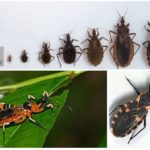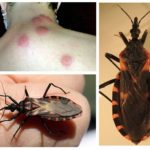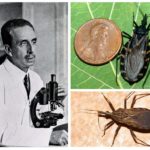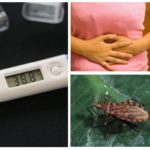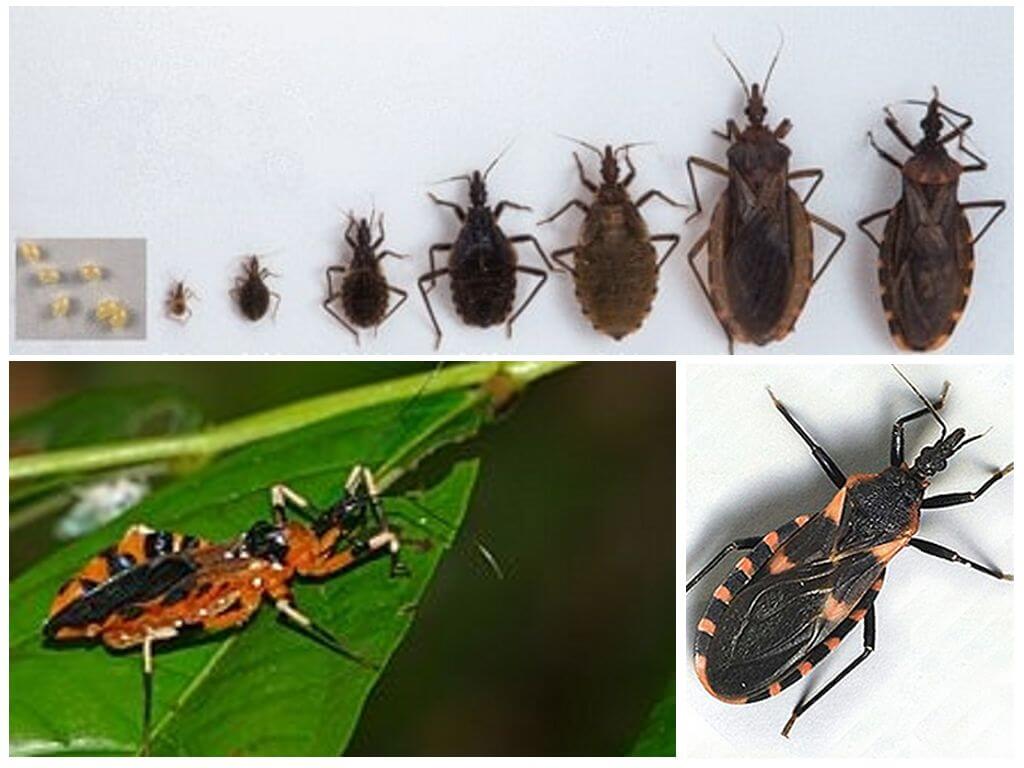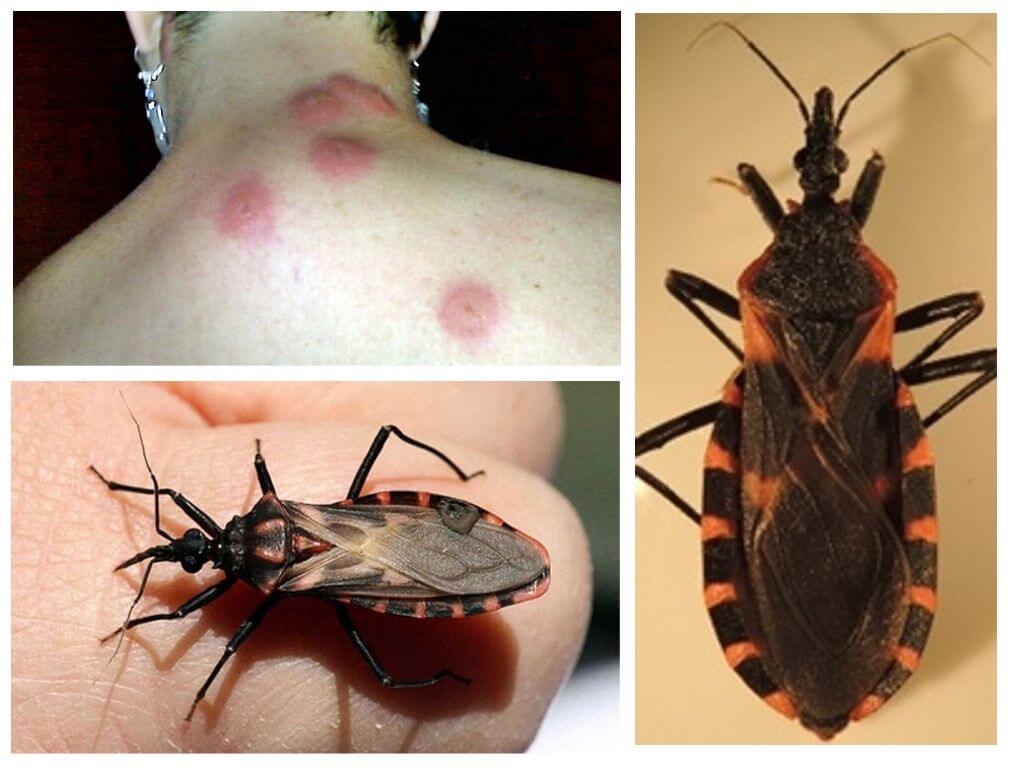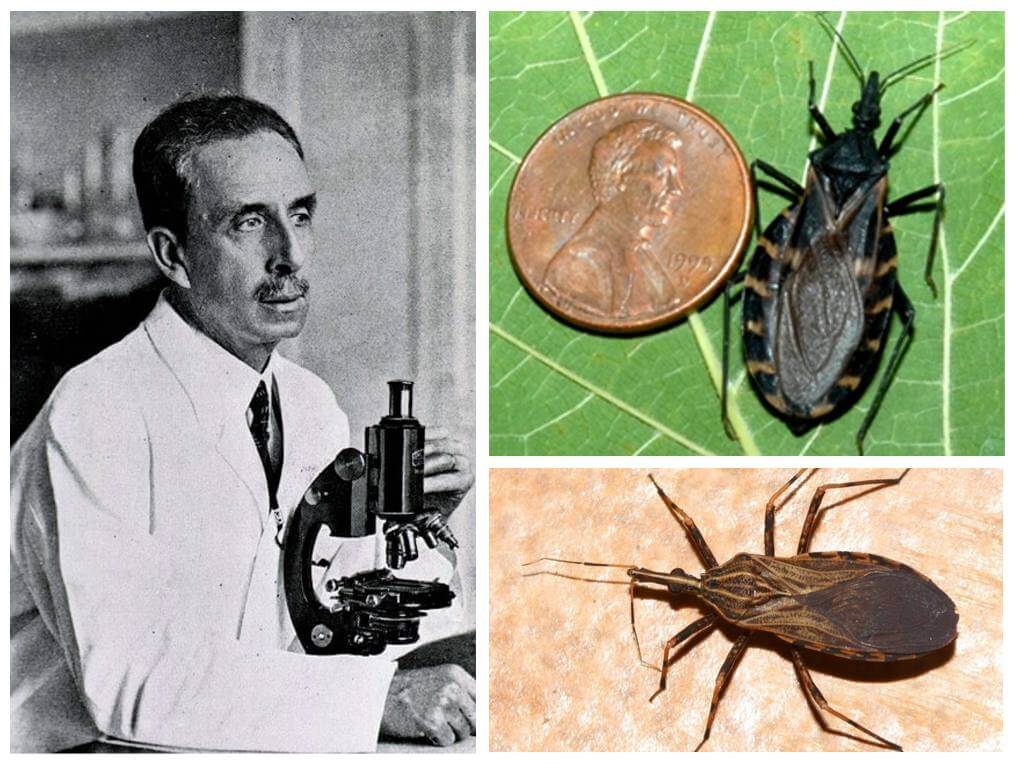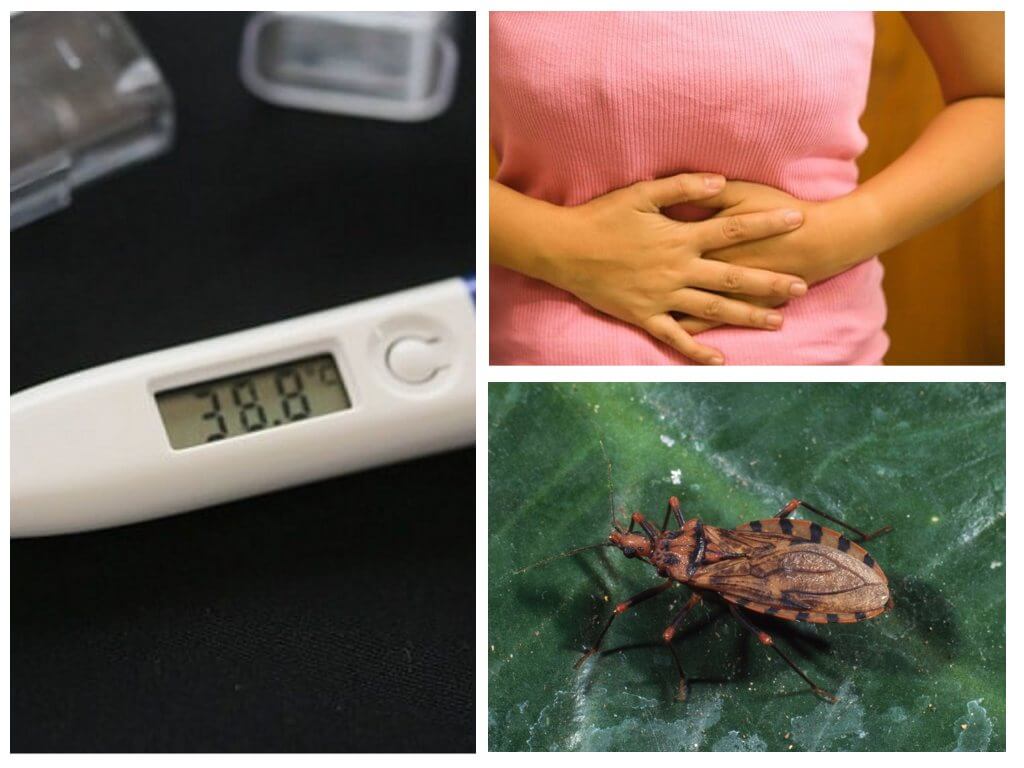Triatom Killer
Content
- Triatom bug
- Triatom bug bites
- Carlos Chagas
- Bite symptoms
Biological features of the insect
The killer bug is found in South America, mainly in Argentina, Mexico and the southern states of the United States. In the subfamily triatomic bugs there are about 130 species. Most of them prefer the natural environment and live in trees, rodent holes, birds' nests, but some species like to settle near residential, farm buildings. The insect has an elongated body with a length of 20 mm of a dark inconspicuous color, a cone-shaped head and wings, which it uses if necessary (see photo).
The killer bug has a more elongated mouthparts and limbs compared to bed bug. Despite its large size, it absorbs blood half as much as its bloodthirsty "family" relative. In the warm season, the female killer bug lays eggs, from which the wingless nymph hatch, which after 4 molts turns into a full-grown adult.
During all periods of life, including the stages of maturation, triatom bugs feed on blood. They begin their parasitic hunt after sunset. Possessing a good sense of smell, they easily find their prey, be it a person or a small animal.They are not capable of piercing thick integuments, so the killer bugs try to “kiss” the thin skin around the eyes, eyelids, and mucous membranes in the lips area, for which they received the popular name kissing bugs.
During a bite, the bug introduces an anesthetic and while the feast lasts, the person feels nothing. In order to be fully fed, a triatom bug requires 15–25 minutes, and all this time its victim will sleep peacefully.
What is dangerous kissing bug
It is no coincidence that the killer bug has earned the reputation of the most dangerous insect, it is a carrier of the deadly disease of Chagas - American trypanosomiasis. During feeding, the kissing bug is infected from diseased animals or people with tripostasygotes, which then actively proliferate in the parasite's digestive system and are transformed into trypanosomes. Flagellated harmful microorganisms can live in the body of a bug for about 2 years, stand out with insect feces. The trypanosomes in the intestines of the triatom bug were detected by Brazilian medic Carlos Chagas, who also described the disease caused by trypanosomes.
Important!
The bite of the triatom bug itself is not dangerous, feces are a threat to life. The process of bloodsucking is most often accompanied by feces, in which, with a probability of 50%, intracellular parasites of trypanosome are contained. After the killer bug has finished eating, a person in a dream begins to reflexively brush the affected place, as a result of which the bedbug droppings enter the body, which is a fertile environment for trypanas, and they begin to multiply rapidly. Feces can enter the body not only through damaged skin, but also the conjunctiva of the eye, food.
To protect yourself from the bites of triatomic bugs, you should observe the precautions when traveling in South America:
- sleep under a canopy made of mosquito nets;
- avoid visits to areas full of dilapidated houses, earthen structures;
- In case of a bite, do not comb the damaged area and treat it with an antiseptic, disinfectant.
Symptoms of Chagas disease
Chagas disease is a parasitic disease for which there is no vaccine, and according to scholars, it is not expected in the near future.According to estimates by the World Health Organization, 7-8 million people are infected in Mexico and Argentina. According to other data, twice as many people suffer from this disease, since not everyone knows that they are infected, and large-scale migrations of the population do not provide an opportunity to fully assess the situation. About 50,000 people die from Chagas disease every year. Very often, people are unaware of infection and are treated for heart failure. Causes of infection:
- kissing bug bugs;
- food, on which the kissing bug has left its feces;
- blood transfusions and donor organs;
- fetal infection during pregnancy.
The incubation period ranges from 5 to 14 days and in most cases is asymptomatic. Possible manifestations of infection:
- On the site of the introduction of flagellated parasites, a swelling, blister, appearance that resembles a furuncle, but without pus may appear.
- Temperature increase to 40 °, feverish condition, chills.
Then comes the acute stage, the duration of which is from 1 to 3 months. During this period, the blood is saturated with parasites, which is often confirmed by laboratory tests and allows you to diagnose the disease.Symptoms of the acute stage of Chagas disease:
- swelling and cramps in the abdomen, chest;
- cardiopalmus;
- dyspnea;
- weakness;
- swollen lymph nodes;
- headache and muscle pain.
Important!
In 70–80% of cases, the acute stage is latent, with no obvious clinical manifestations. The disease then becomes chronic with the progression of heart failure, which ultimately leads to death.
The prognosis of Chagas disease depends on timely diagnosis. It is almost impossible to achieve full recovery, but if an illness is detected at an early stage, the probability of death is significantly reduced and the chance to prolong life by 10–20 years increases. If you suspect that you were bitten by a killer bug, you should immediately contact a medical institution. Only timely diagnosis will help cope with the insidious disease.

